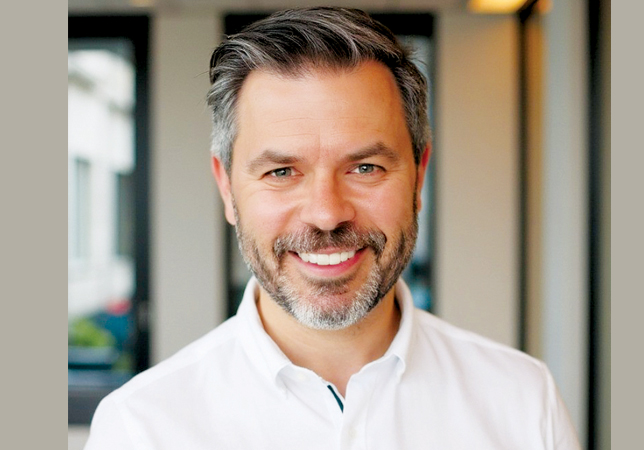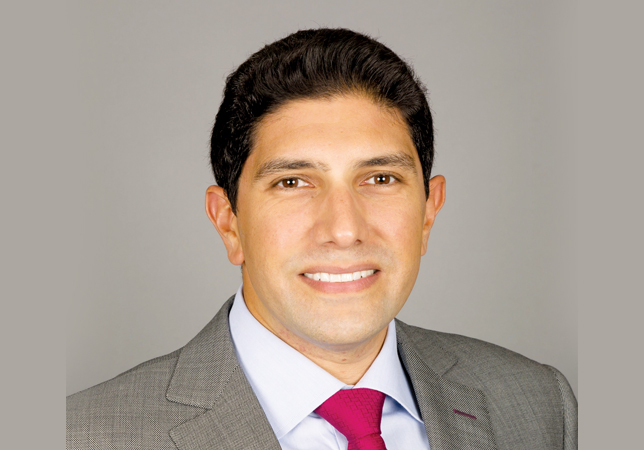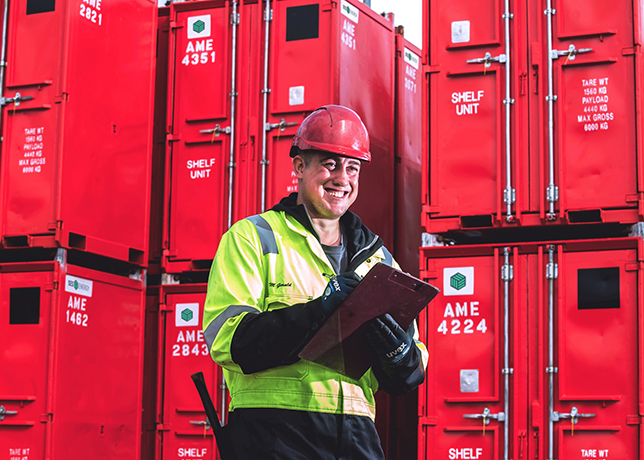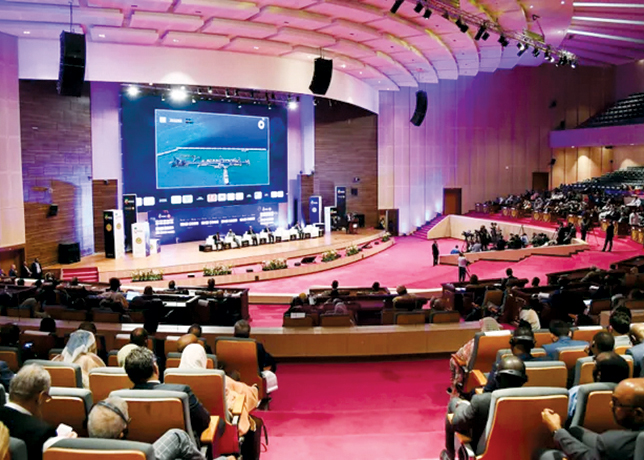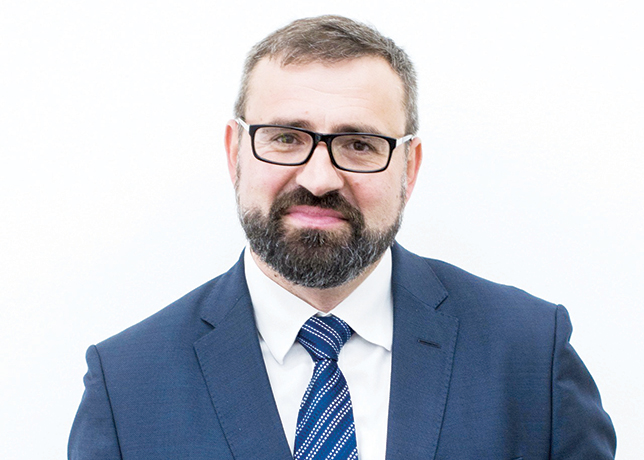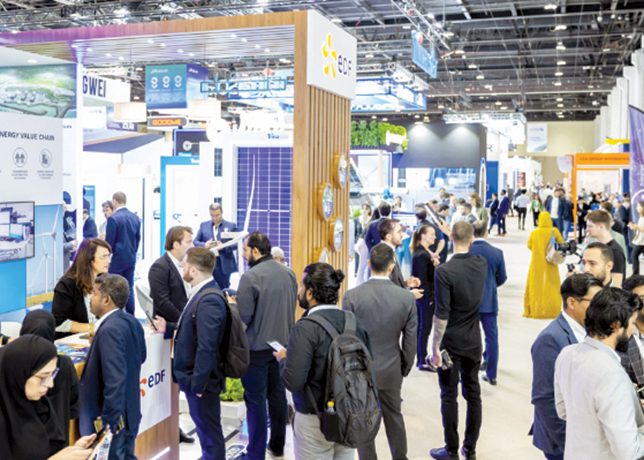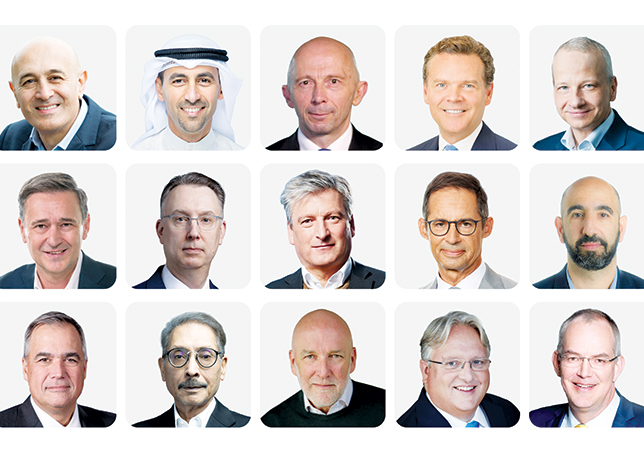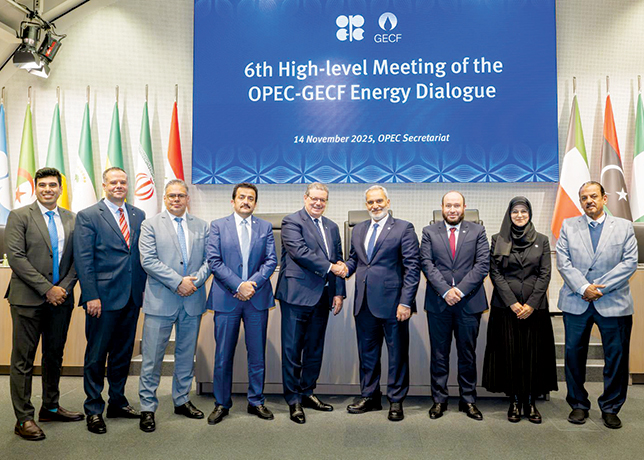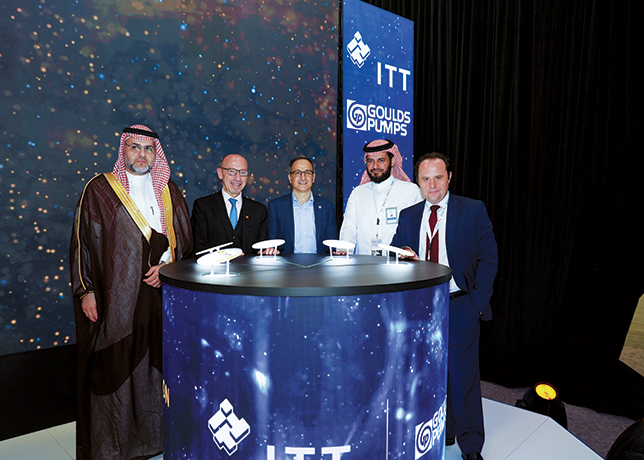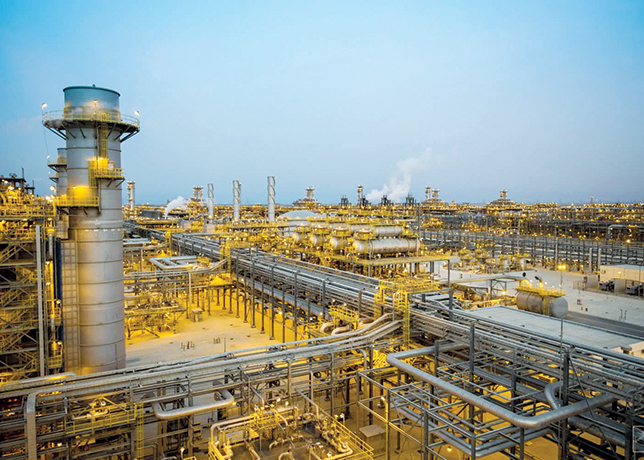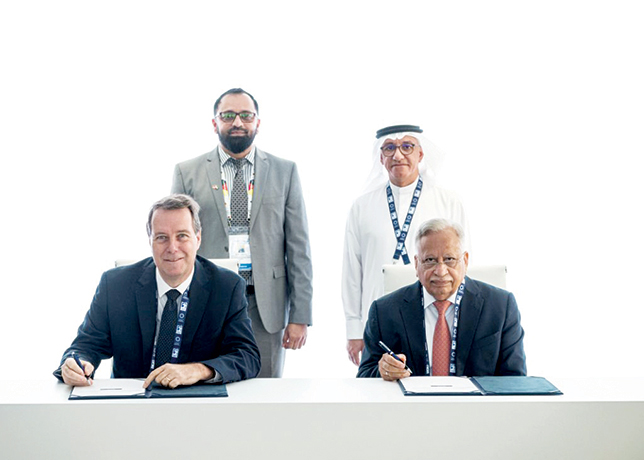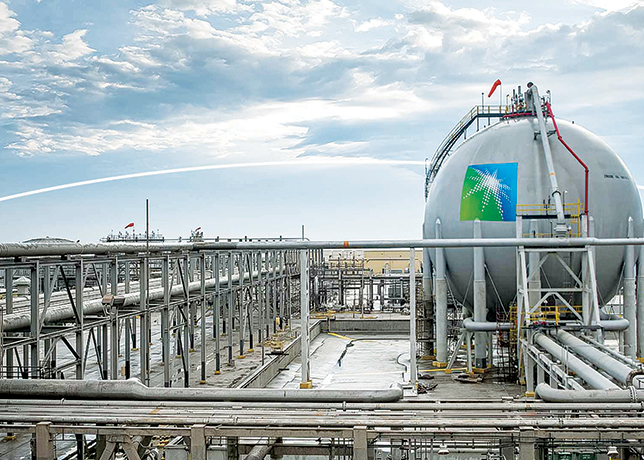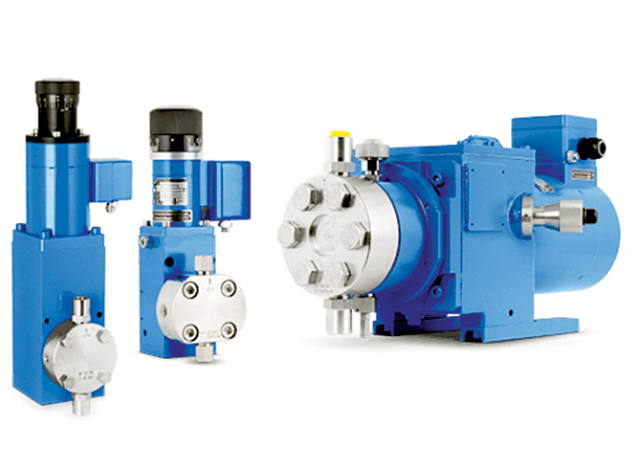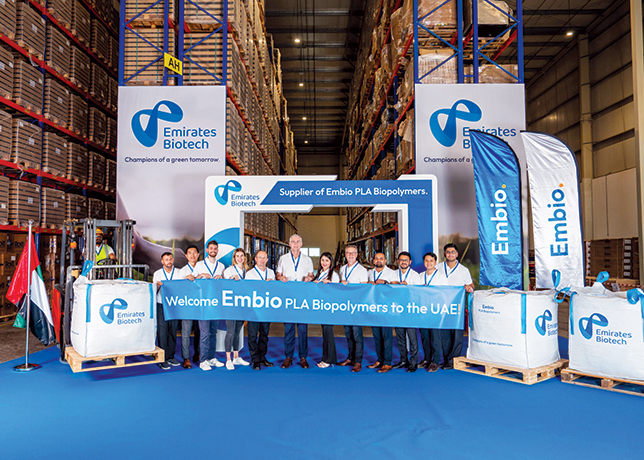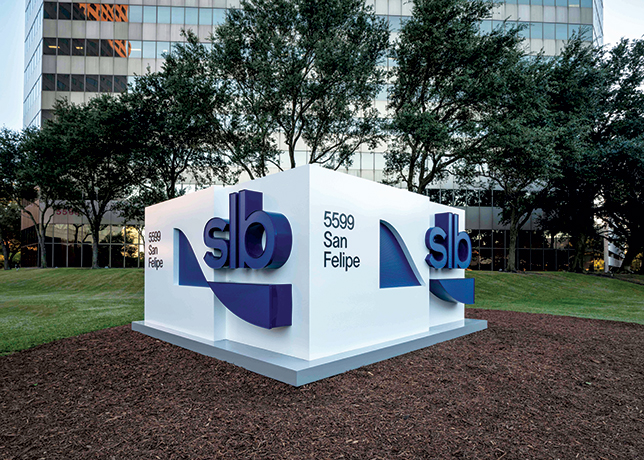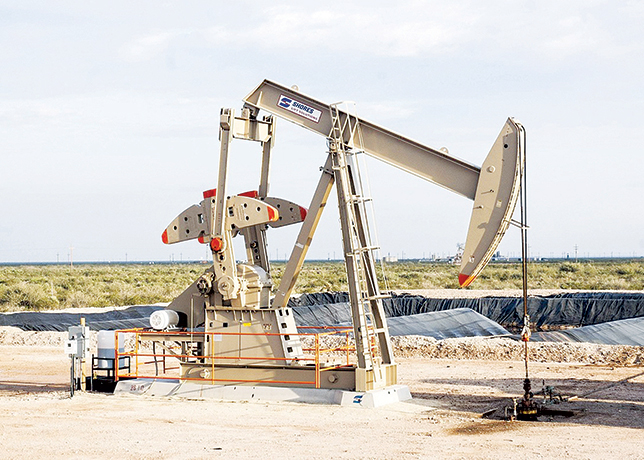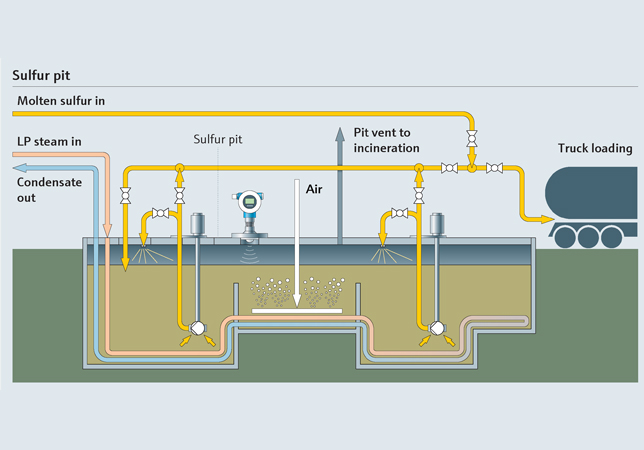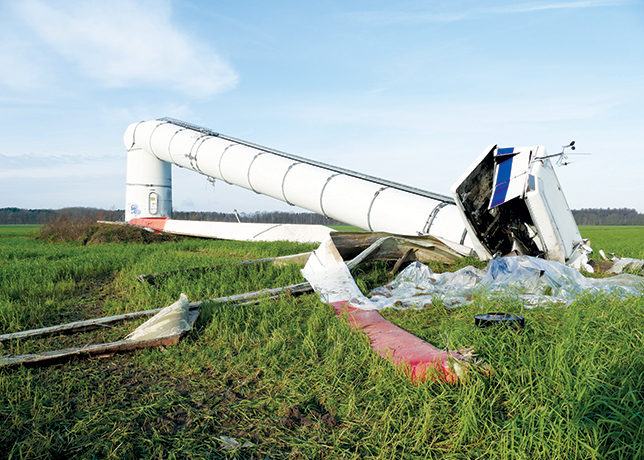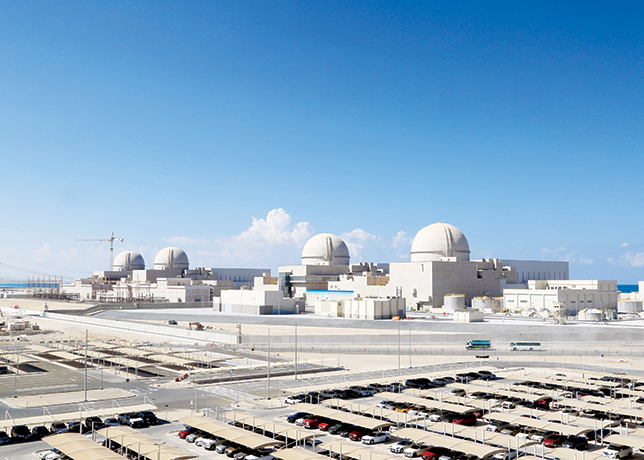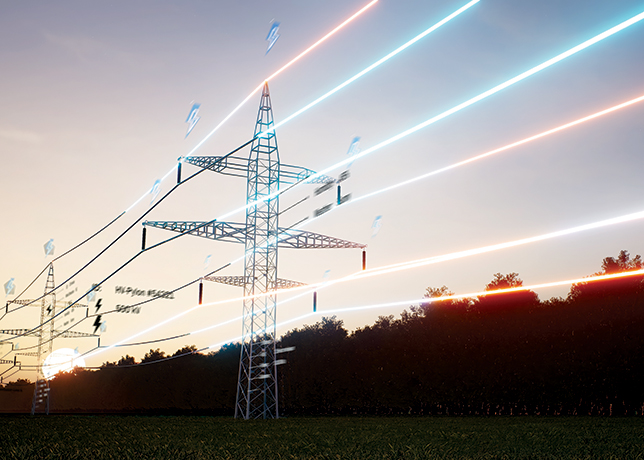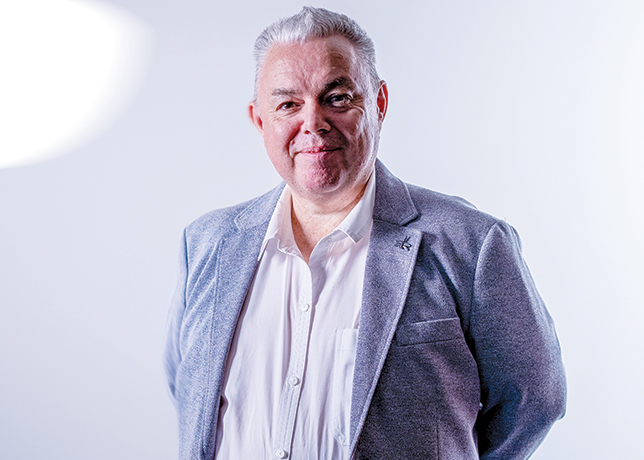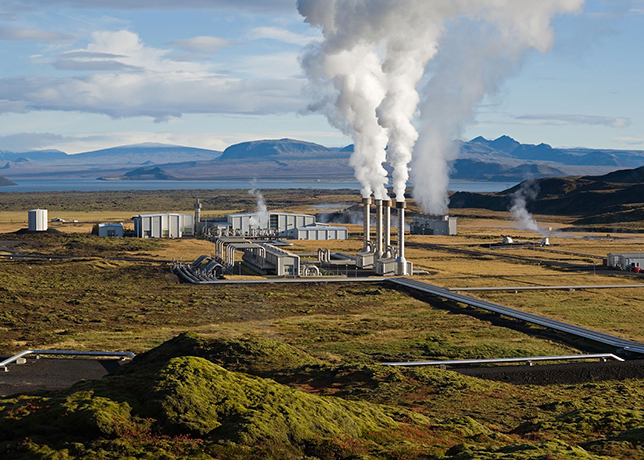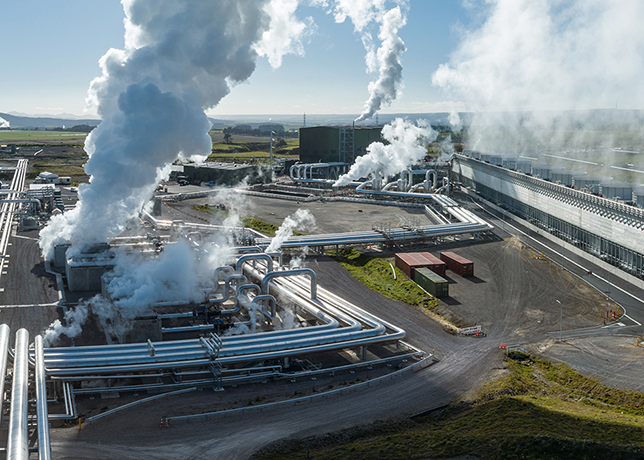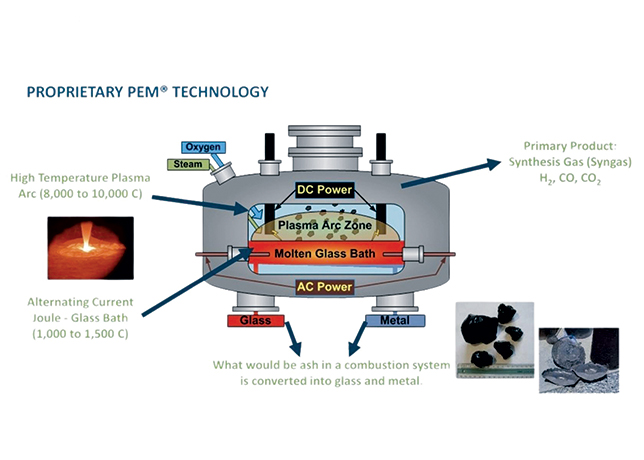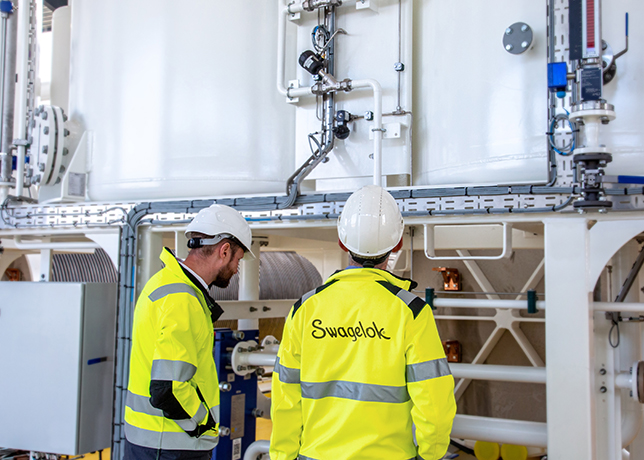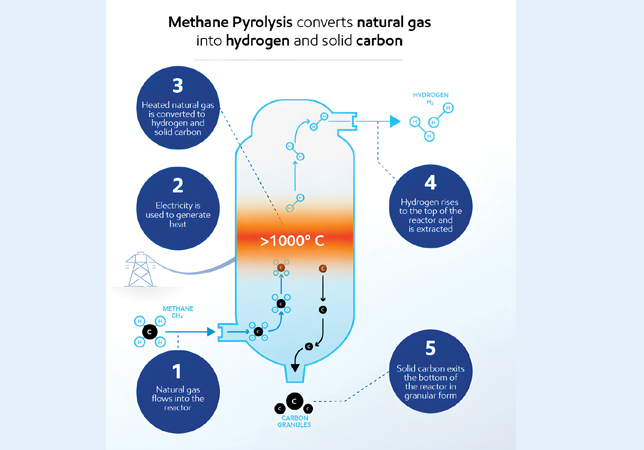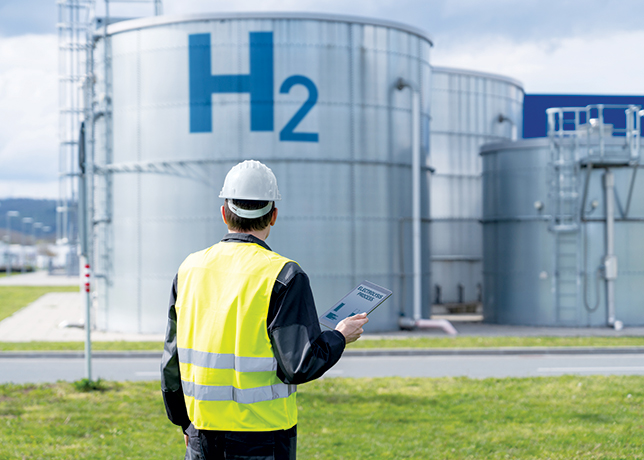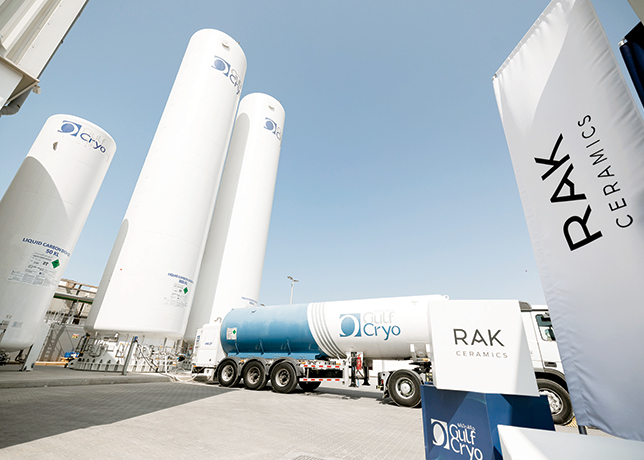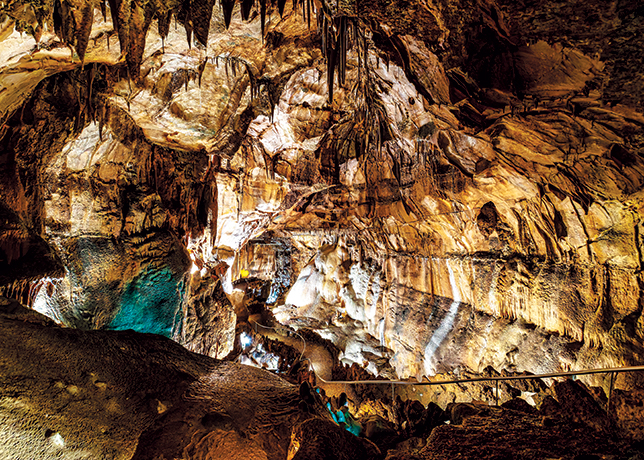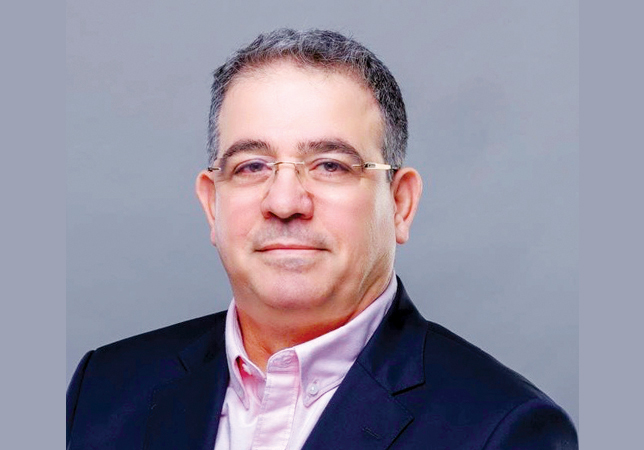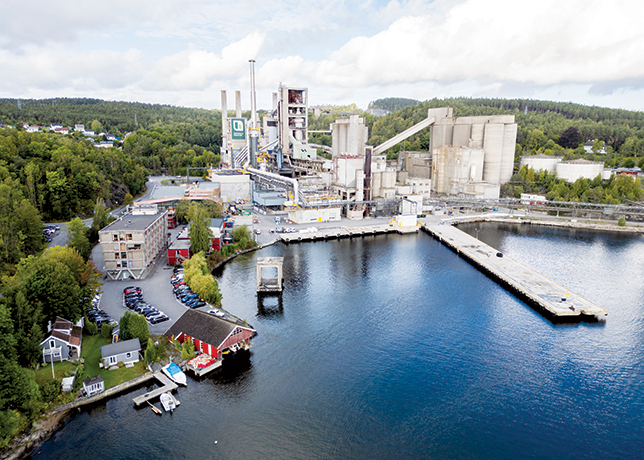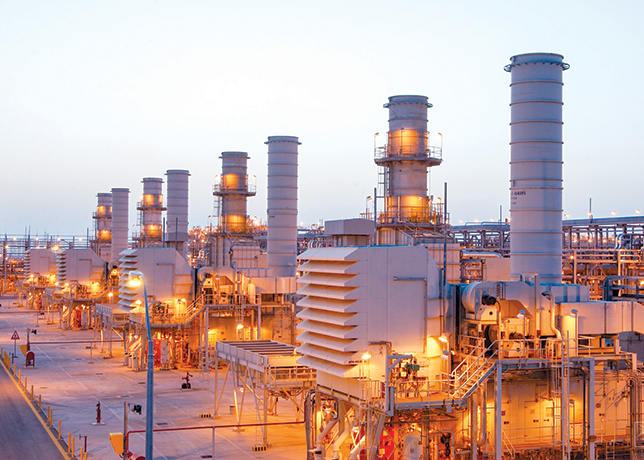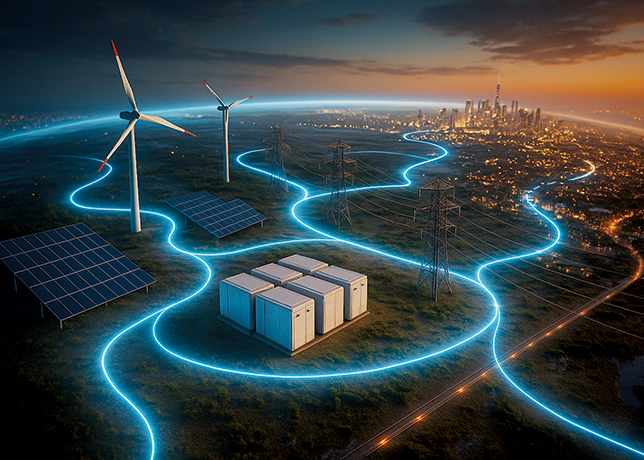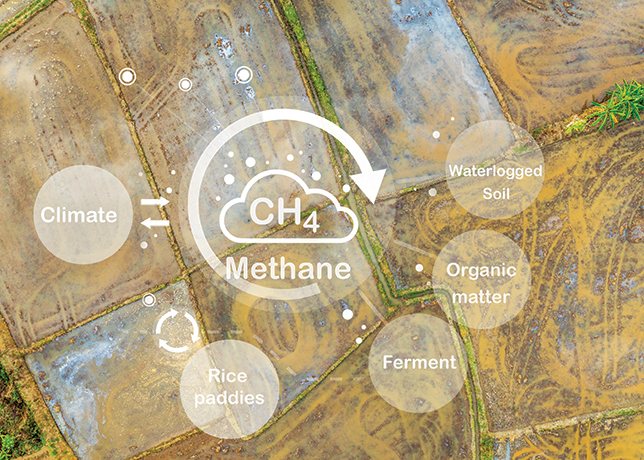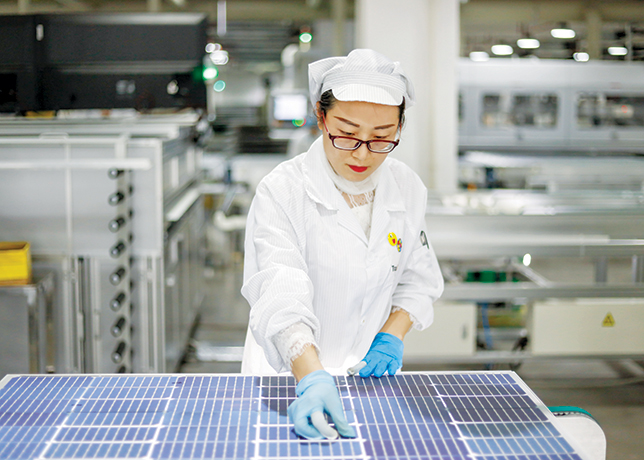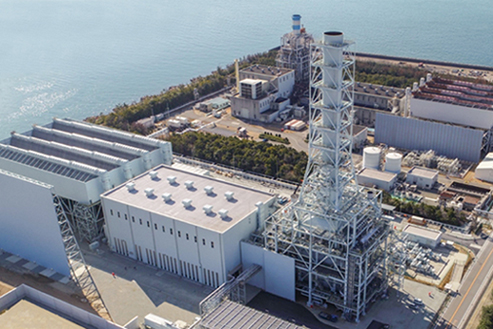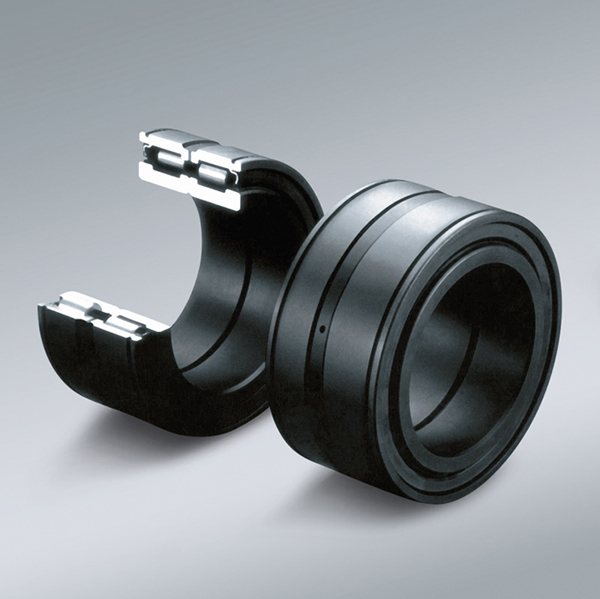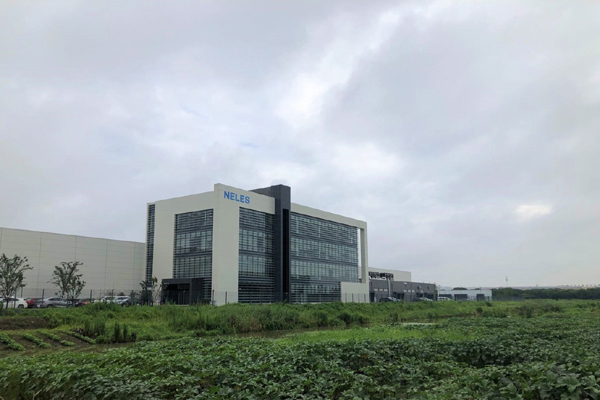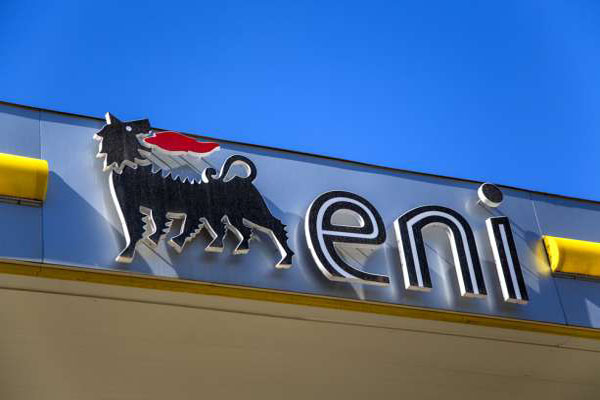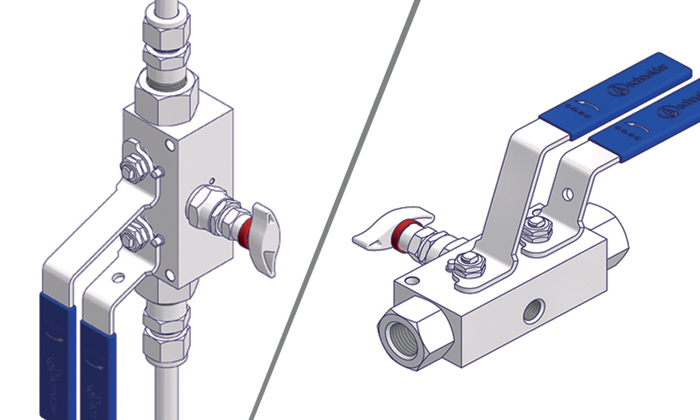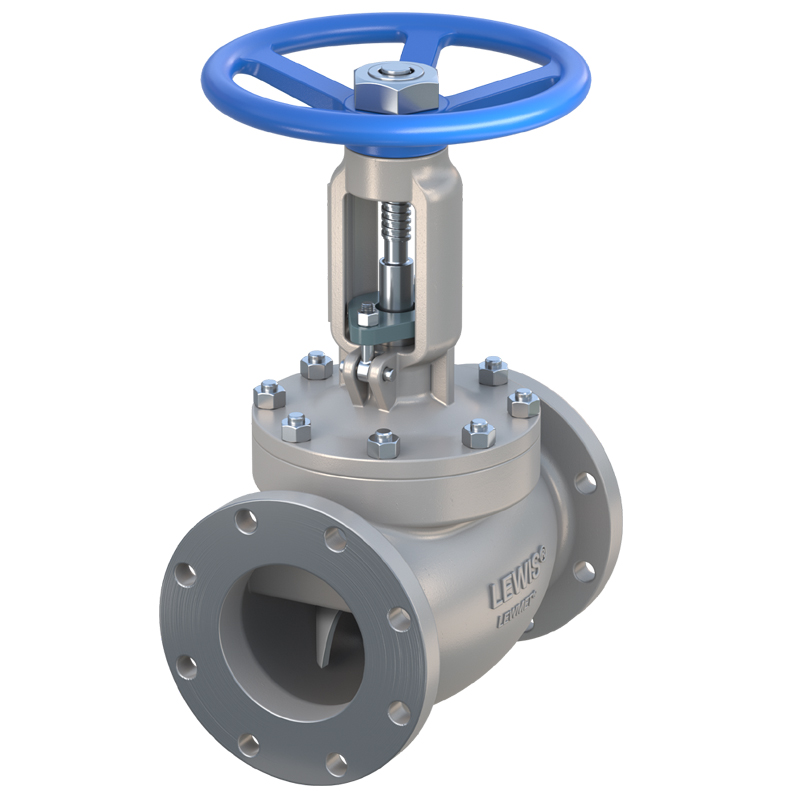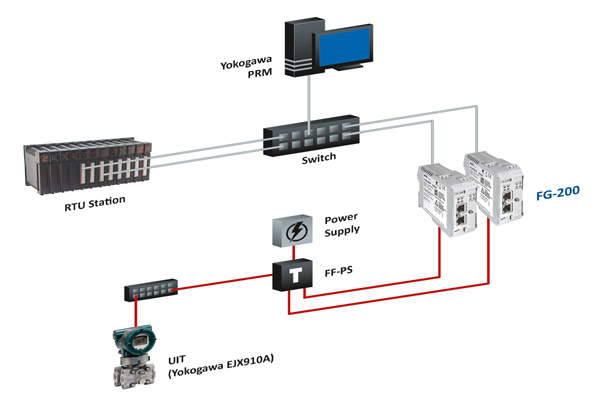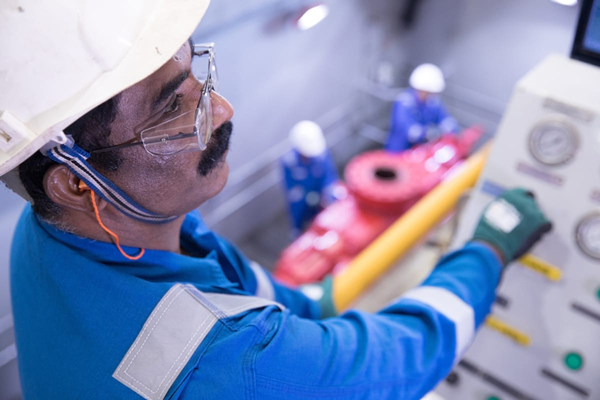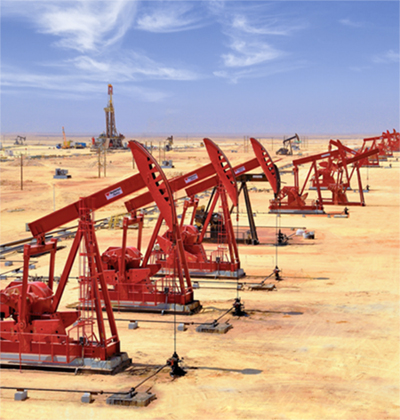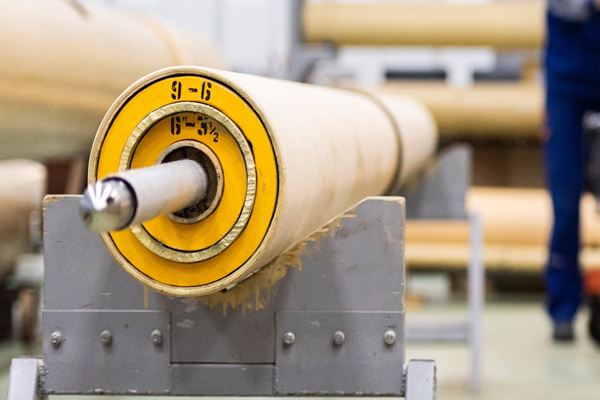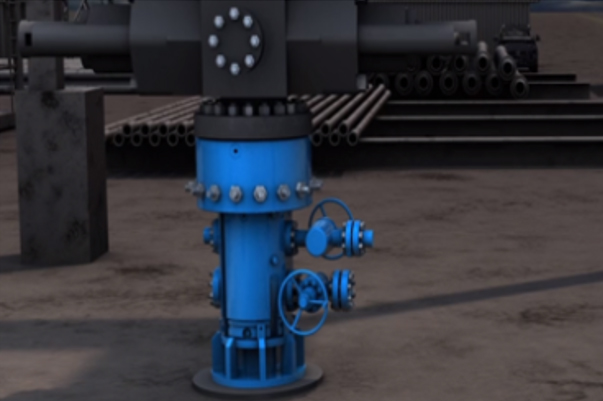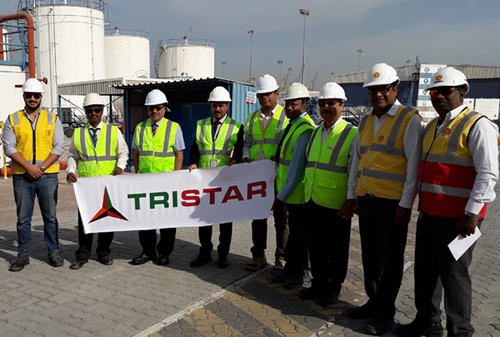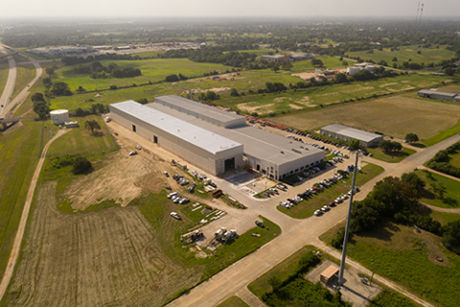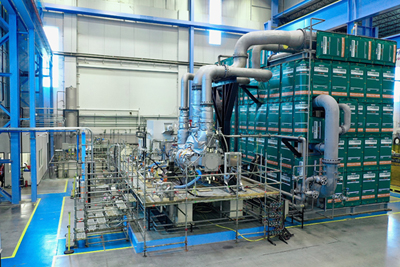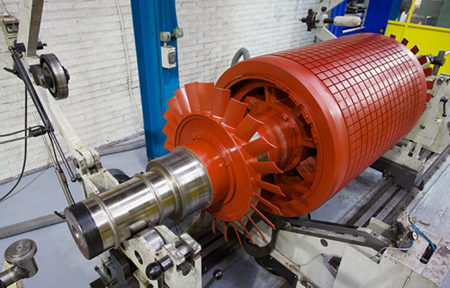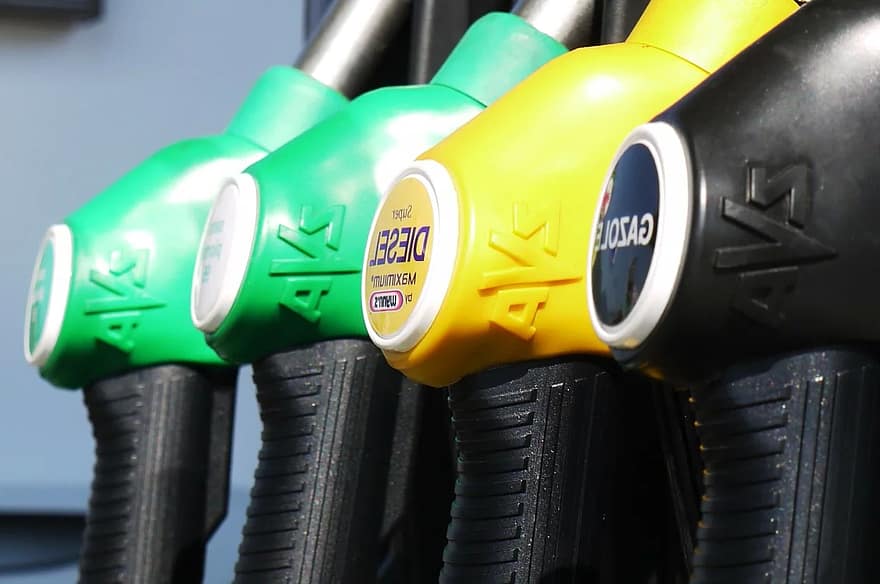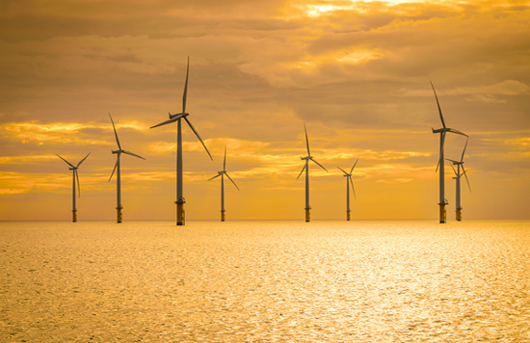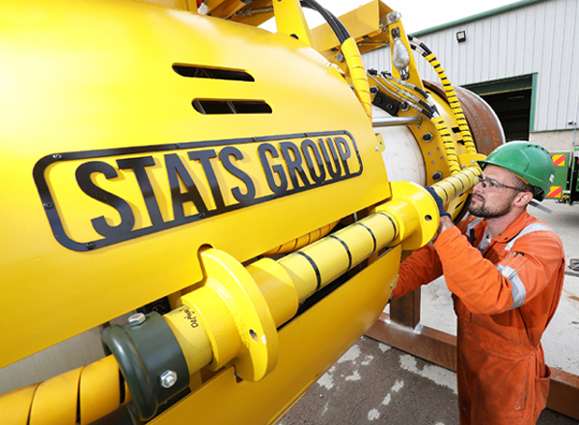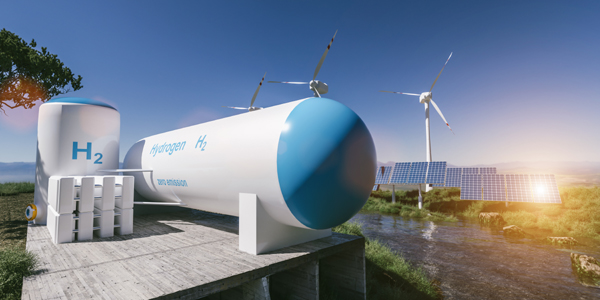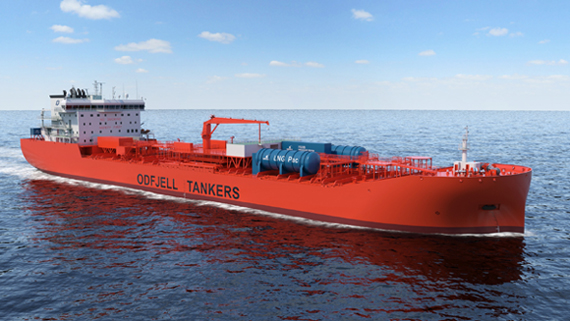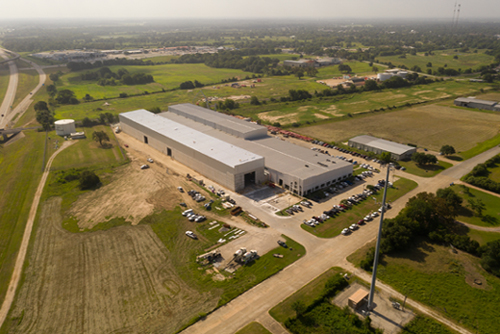
 Trial build ... Zeta solutions unique to Mideast
Trial build ... Zeta solutions unique to Mideast
Bahrain-based Avenn, an integrated firm of many disciplines ranging from the downhole tubular equipment to CCTV expertise, has expanded their operation by becoming the Middle East representative of Zeta Dynamics who specialise in the field of separator revamps and development through the application of fluid dynamics principals to both problem solving and technology development.
Avenn, now in it’s fifth year, specialises in targeting niche markets, and currently represents 11 other principal firms. The company’s intended strategy sees Bahrain, UAE, Qatar and Oman as the markets they are most optimistic about in the immediate future, with broad plans to expand over the next few years.
The separator solutions now offered by Zeta and Avenn are unique in the Middle East, thanks to the expertise of Zeta Dynamics, whose strength lies in creating bespoke solutions for separator revamps through the application of fluid dynamics principles to both problem solving and technology development. Not only providing analysis, Zeta also makes available a solution and the ability to implement it. Zeta can cover everything from vessel inspections through to installation of optimised separation internals and beyond.
Zeta has the experience needed to help producers maximise production and efficiency, minimise downtime and overcome a host of economic, environmental, logistical and technological hurdles and challenges. This approach provides a multi-disciplinary resource that can act as an extension to the operator’s production team. With its central strengths in fluid dynamics, engineering, and revamping Zeta can provide a rapid and flexible response from small, specialised assignments through to larger turnkey projects.
The work centres on consultancy, supporting operating platforms to allow better use of process equipment and package engineering the bespoke solutions to meet shutdown targets. From the large experience gained in the areas of troubleshooting and revamping, Zeta is able to assist in a wide range of separation and produced water problems. The main vessels where the biggest improvements are seen are: separators, degassers, produced water separators, gas scrubbers.
The key aims and benefits of retrofitting an existing separation train are: facility debottlenecking; production increases; managing higher contaminant cuts; site and process longevity; reducing OpEx (Operating Expenditure); maximising utilisation, i.e. impact of tiebacks on existing facilities; improving hazardous discharge and general environmental performance; contaminant management; minimise system cost; reduce design time and expense; understand and diagnose problems; improve general performance.
Due to Zeta’s history with separation, mixing, combustion and general fluid dynamics problem-solving they have been called in to consult on many varied projects throughout the industry as a whole. The three core stages of a brownfield optimisation project are review, implementation and support.
Review
The review stage is designed around the primary design drivers of the project. Typically this is either to solve a specific problem, increase future capacity or increase separation performance.
The techniques utilised within this segment of development vary considerably from project to project, but the most commonly called upon are: level and foam detection; gamma ray transmission technique; neutron backscatter technique; process and systems review - including train bottlenecking; CFD (computational Fluid Dynamics) Study; PFV (Physical Flow Visualisation) Study - including FPSO motion where necessary; PIV (Particle Image Velocimetry) Analysis; Load Analysis - including strain gauge modelling; and environmental assessment.
If the current internals configuration is not known or if damage is suspected an inspection can be carried out. Typically a full shutdown and clean of the vessel in question is required. However, Zeta offer an additional remote method of inspection via specialised camera equipment - meaning that no cleaning is required.
Implementation
Once the solution has been derived from the review stage the project moves into the implementation phase. Zeta offers technology provision and sourcing for all aspects of the installation and undertakes the engineering design and project management for the entire hardware supply.
Zeta Dynamics’ expertise is unprecedented in all aspects of design, engineering, construction and installation.
Zeta has also developed a number of innovative technologies to allow new internals installation in old vessels without the necessity of welding.
At this stage a final installation meeting is held to cover HSE issues, contingency planning and TAR (Turn Around) timelines.
Once fabrication is complete a trial build can be undertaken to train the offshore team and get accurate installation times. The installation manual for the project is presented in the form of 3D images which are built up item by item.
The internals are then installed/supervised by Zeta personnel. All Zeta installation crew are qualified abseilers allowing installation and repairs in even the most inaccessible areas.
Support
Long-term cover can then be offered in the form of chemical additive advice, operation and/or general training and regular operations/performance reviews. This service gives immediate assistance for the entire operation through a dedicated operations supervisor.
Road to success
Zeta Dynamics Ltd was founded in 1978/9 at the request of the late Professor Desty of Special Projects at the BP Research Centre at Sunbury-on-Thames, as a specialist research and development consultancy. This followed earlier private consultancy activity under the name of Zeta Technology during 1977 and 1978. Zeta worked for Sunbury on research projects, pilot plant projects and trouble shooting until the 1990 period, when Sunbury reorganised. Projects included the development of the Fin Plate Burner Ground Flare, that is now supplied by Kaldair (John Zinc division of Koch); fluidic beds; reversed osmosis operations; down hole steam generation and deoxygenation of seawater; and many other subjects plus private research, development of the Linear Coanda Unit for the purpose of boat propulsion.
The original attraction of the consultancy was derived from previous development of flow visualisation by hydrogen bubbles, both equipment and method, and this was used in original development. The Linear Coanda Unit was developed to drive the water in a test tank for use of hydrogen bubble analysis. This specialist test tank is still made by Zeta for distribution to Universities and Colleges in countries throughout the world.
Since 1990 the company has majored in offshore production facilities consultancy focusing on multi-phase separation and produced water problems. This work has been undertaken by analysing, ‘debottlenecking’ and trouble-shooting; and fluid dynamics analysis has been used with water and air modelling to simulate operation of the real thing.
Analyses of existing designs of separators were made and their effectiveness determined. From this work new designs and technology were developed and bespoke new technology internals’ hardware has been implemented by Zeta on many platform revamps, which include most large operators in the North Sea.
Zeta Dynamics have a unique understanding of the behaviour of fluids in separators and allied process vessels through their experimental studies and close links with Offshore Operators. The company is largely self sufficient having a stable experienced consulting staff backed by its networked consultants, its own on-site fluid dynamics laboratory facilities, two seats of Phoenics & Fluent CFD suites, a design office and our own well equipped workshop facilities to both back the laboratory and provide prototype manufacture and fabrication for the design and project management of revamps.
Zeta has two fluid dynamics laboratories. One focuses on production facilities vessels. This is equipped with two rigs for horizontal vessel, one of which can be used for a variety of platform motion and a vertical vessel test rig. The second laboratory includes a 6m-flow channel and a Hydrogen Bubble Flow Visualisation worktable.
Ken Haywood, the company’s founder fluid dynamics and thermofluids consultant developed the Hydrogen Bubble Flow Visualisation as a workable analysis technique in the 1960s. The Hydrogen Bubble technique is applied to both laboratories work and is now enhanced by a substantial investment in Particle Image Velocimetry image acquisition hardware and analysis software.
Due to the growth in FPSO usage and the associated motion problems, Zeta has invested in strain gauging equipment and associated data acquisition systems and software. This allows both more in depth analysis and research into vessel internals to be developed.
Zeta continues to design and develop reliable and versatile products. The ability to respond effectively to changing field conditions around the globe has earned Zeta a reputation for operational excellence in terms of reliability, safety and continuous innovation.
Zeta has pursued its own private research for well over a decade into new technologies applying fluid dynamic techniques in various applications. Zeta is preparing today for the operating imperatives of the future by participating in joint industry research projects, and by engineering and developing ever more reliable and versatile systems and products.
Zeta offers a range of services and technology to industry as a whole that encompasses consultancy through to package contracting of hardware installations.



